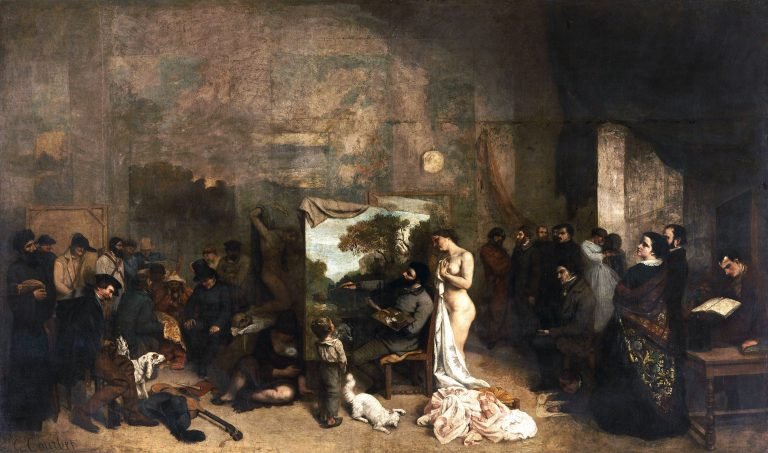If cinema is the closest thing we have to an artificial dream, then its architects—the directors—are the ones who build the world, and their actors, the figures who haunt it. The most enduring of these collaborations, the ones that form the very backbone of film history, transcend mere employment. They resemble creative marriages, built on admiration, frustration, and a shared understanding of something ineffable. Consider three of the most fruitful alliances between directors and actors: Akira Kurosawa and Toshiro Mifune, Federico Fellini and Marcello Mastroianni, Martin Scorsese and Robert De Niro.
Kurosawa & Mifune: The Warrior and His General
To say that Toshiro Mifune worked with Akira Kurosawa is rather like saying Achilles cooperated with Homer. It is an anemic phrase for a collaboration that practically invented the way Japanese cinema would be perceived in the West. Their sixteen films together form an epic of shifting identities—samurai, bandits, detectives, doctors—each a study in primal energy filtered through Kurosawa’s rigorous lens.
Mifune, all muscle and kinetic force, could explode with rage one moment and then, with a single movement—a raised eyebrow, a sudden stillness—turn inward, revealing a deep and unexpected humanity. Rashomon (1950), Seven Samurai (1954), and Throne of Blood (1957) are triumphs not simply because they are expertly crafted but because they feature Mifune as their burning center of gravity.
Yet, as with many great creative duos, it did not last. Kurosawa was meticulous, an obsessive architect of cinematic perfection; Mifune, a man who preferred instinct over deliberation. As the years went on, their relationship strained under the weight of changing film industries and clashing egos. They never worked together again after Red Beard (1965). And yet, like a veteran reflecting on a war fought alongside a brilliant but estranged comrade, Kurosawa later admitted, “Mifune was indispensable to my films.”
Fellini & Mastroianni: The Dreamer and His Shadow
Where Kurosawa and Mifune embodied an ancient, almost Shakespearean masculinity, Federico Fellini and Marcello Mastroianni danced through something altogether different: the surreal, the absurd, the deeply human comedy of postwar Italy. Mastroianni was the director’s alter ego, his elegant, weary, and often bewildered stand-in. He was the man Fellini wished he could be, or perhaps feared he already was.
Nowhere is this clearer than in La Dolce Vita (1960) and 8½ (1963), films that more or less defined what we now lazily call “Felliniesque.” Mastroianni, with his wry detachment and effortless charm, was the perfect cipher for Fellini’s explorations of fame, desire, and artistic paralysis. Unlike the muscular intensity of Mifune, Mastroianni’s power lay in his lightness—his ability to drift through chaos with a sigh and a cigarette.
And yet, beneath that insouciance was something tragic. Mastroianni played men who had seen too much and understood too little. His detachment was not a pose but a survival mechanism in a world of excess and illusion. It was a performance that mirrored Fellini’s own anxieties. Even in their later collaborations, such as City of Women (1980) and Ginger and Fred (1986), Mastroianni remained the perfect vessel for Fellini’s self-portraiture—never fully in control, yet inescapably central.
Scorsese & De Niro: The American Psyche in Crisis
And then, of course, there is Martin Scorsese and Robert De Niro, the duo that carved into the American subconscious with the precision of a mob hit. If Kurosawa and Mifune gave us warrior codes and Fellini and Mastroianni the existential farce, Scorsese and De Niro have mapped the psychosis of America itself.
From Taxi Driver (1976) to Raging Bull (1980) to Goodfellas (1990), De Niro has embodied men at war—not with nations or kings, but with themselves. He is the patron saint of American alienation, the raw nerve at the heart of Scorsese’s cinematic theology. Unlike Mastroianni, who glided, or Mifune, who charged, De Niro implodes. His characters are time bombs, men whose violence is not an act of aggression but a form of self-destruction.
Their partnership, like the others, has evolved with age. In The Irishman (2019), we see a De Niro who is still menacing, but now haunted by time itself. The fury of Travis Bickle and the manic bravado of Jake LaMotta have been replaced with a quiet, funereal regret. If De Niro once gave Scorsese the face of youthful rage, he now gives him the face of aging remorse.
The Muse and the Mirror
The most masterful directors do not simply use their actors; they find echoes of themselves in them. Kurosawa saw in Mifune a raw, untamed force that could shape his epics. Fellini found in Mastroianni a vessel for his anxieties and aspirations. Scorsese, perhaps the most self-lacerating of the three, used De Niro as a mirror to America’s—and his own—darkest impulses.
And so, the actor-director dynamic remains one of the most potent in cinema. Not just because it produces great art, but because it reveals something deeper: that genius, like chemistry, cannot be faked. It can only be found, cultivated, and—more often than not—lost to time.
